Which spring ephemerals are best for New Hampshire gardens?
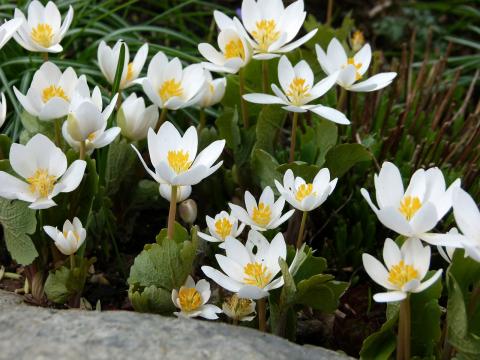
Many of the most attractive spring-blooming plants are “ephemerals,” meaning they emerge early in the spring, flower and go dormant by summer, only to emerge again the following spring. The reason for this life cycle is simple: it allows small herbaceous plants to take advantage of the high amount of sunlight that reaches the forest floor before sun-blocking leaves emerge on the trees overhead.
Since spring ephemerals completely disappear by the heat of the summer, they pair nicely with other perennials that are slower to emerge in the spring and expand as the season goes along, such as hostas or ferns. Once the foliage on the ephemeral starts to die back, other perennials fill in the gaps they left with their foliage and flowers.
Spring ephemerals grow best in woodland settings with acidic, moist, organic soils. A standard garden loam will do if you amend it with plenty of compost to improve its water-holding capacity and fertility. Ephemerals thrive in partially-shaded environments beneath the shelter of deciduous trees. Most species will not survive if they are planted in direct sun or in the deep shade of evergreen trees.
To conserve soil moisture, mulch beds with ephemerals in the fall, preferably with chopped leaves or pine needles – materials that many gardeners already have in abundance. The following species grow well in New Hampshire gardens provided they are given adequate growing conditions.
Species of Ephemerals for New Hampshire Gardens
Spring beauty (Claytonia virginiana) is a low-growing ephemeral that only reaches about six inches in height. The foliage is thin and grass-like and supports delicate five-petaled, white-to-pink blooms. Spring beauty will tolerate slightly drier conditions than some other ephemerals and can be planted in partially-shaded rock gardens, in woodland gardens, or naturalized in lawns. It spreads rapidly by bulb offsets and seed and quickly colonizes an area if the growing conditions are right. If it grows beyond its bounds, the edible below-ground tubers can be dug up and eaten raw or cooked.

Virginia bluebells (Mertensia virginica) is a striking North American native wildflower that forms dense clumps of spoon-shaped foliage and upright stems that hold clusters of drooping, bell-shaped flowers. It grows well beneath black walnut and is deer and rabbit resistant, making it a good choice for certain difficult landscape situations.
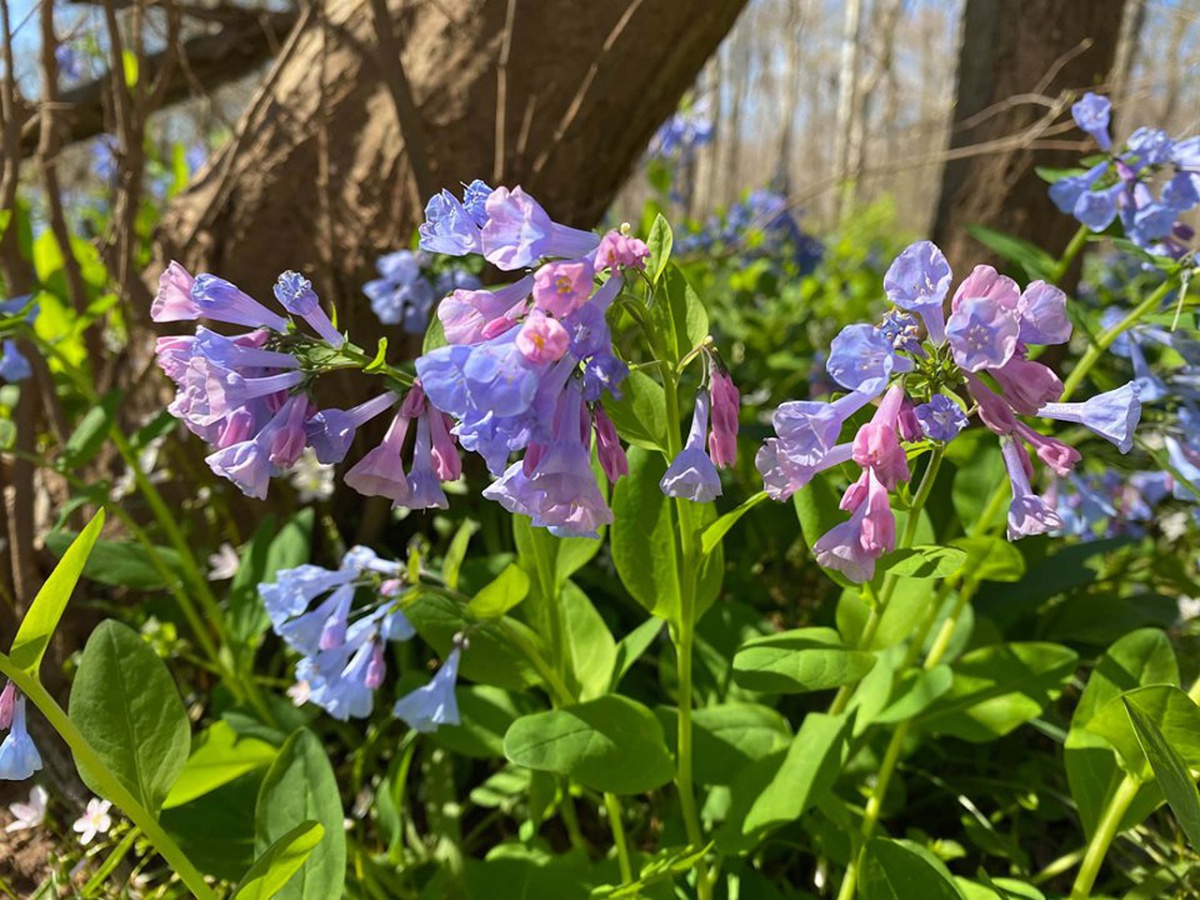
Rue anemone (Thalictrum thalictroides) is a native New Hampshire wildflower in the buttercup family that sports delicate divided foliage, topped by white flowers. In the wild, it can be found growing in deciduous forests and woodlands. Rue anemone will tolerate dry soil and heavy shade much better than other ephemerals.
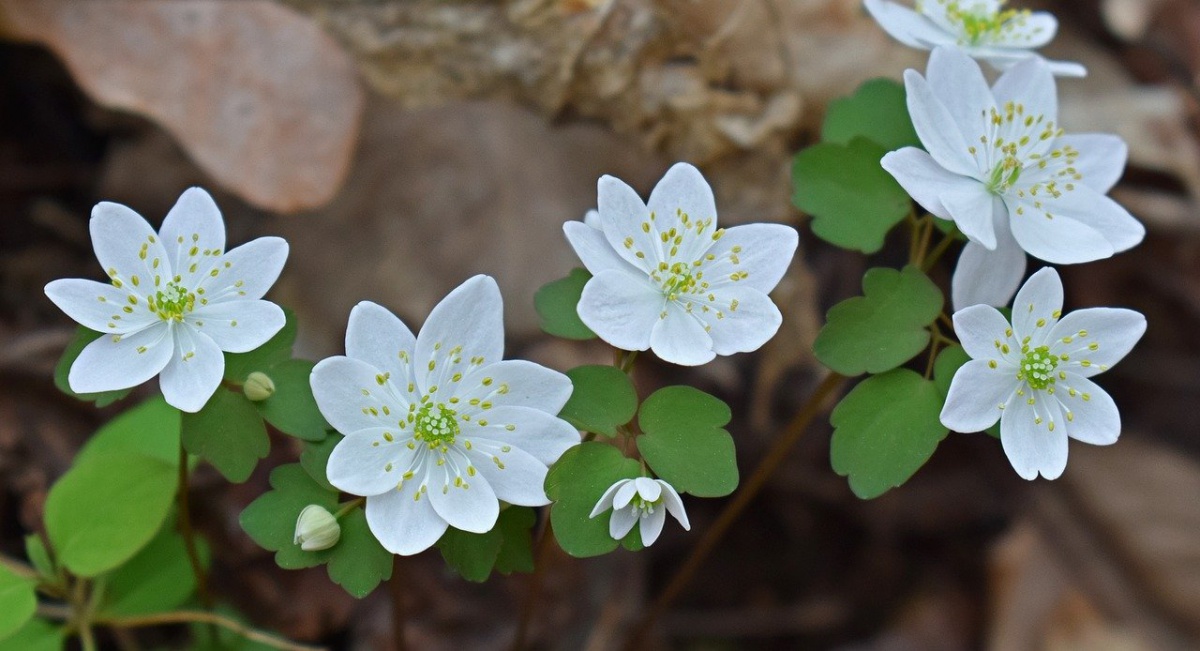
Jack-in-the-pulpit (Arisaema triphyllum) stands out in damp woodland settings throughout New Hampshire forests. It is a perennial that can grow one to two feet tall, with a fleshy stalk and a pair of three-parted leaves that make it look almost tropical. The flowers of Jack-in-the-pulpit are comprised of two parts: the spadix (Jack) and the spathe (pulpit). The spathe forms a hood over the spadix and is typically lined with green or purple. Young plants tend to go dormant by mid-summer, but mature ones will often form a cluster of red berries and remain attractive until fall.
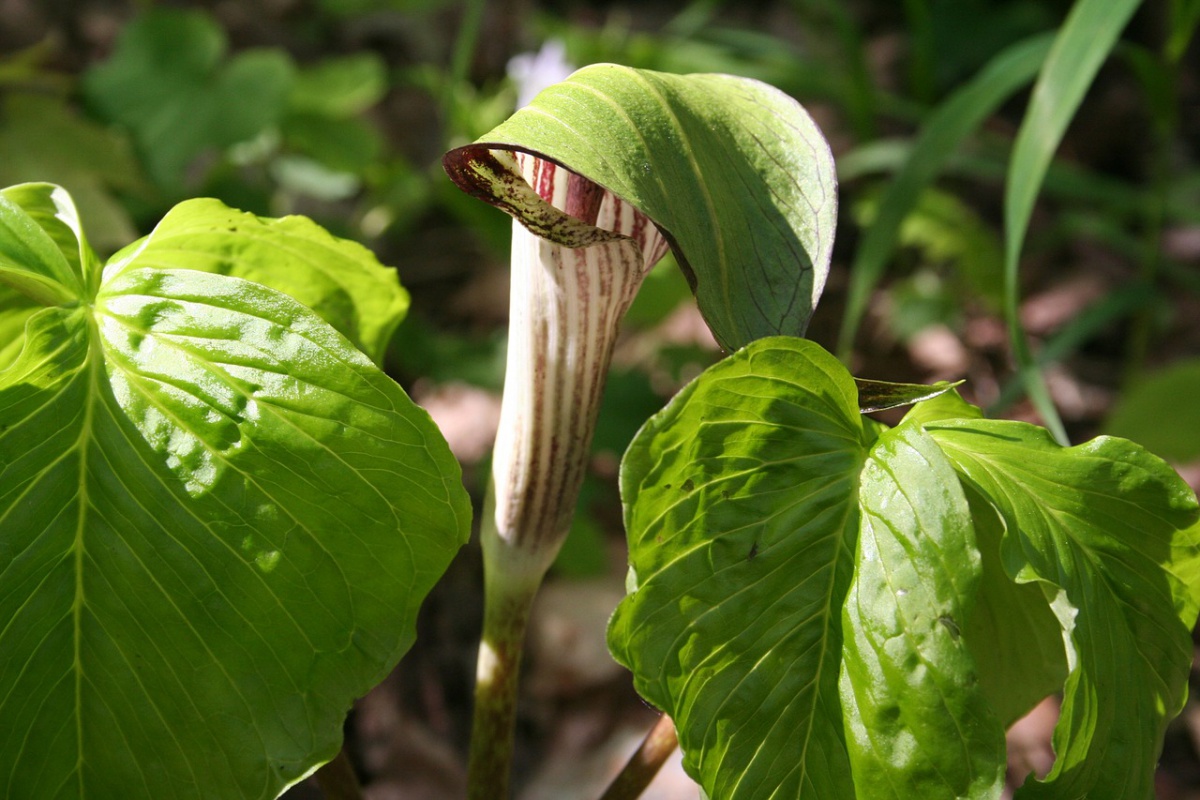
Bloodroot (Sanguinaria canadensis) is a fairly common native ephemeral that grows in deciduous New Hampshire forests, floodplains and rocky slopes. It is named for the reddish-orange sap that oozes from all parts of the plant when cut, somewhat resembling blood. Bloodroot is a rhizomatous perennial that will gradually naturalize to form large colonies. Its flowers emerge in early spring wrapped by a single folded leaf. As the leaf unfurls, the white-to-pink-tinged flowers open. Though the blooms only last a few days, the bluish-green leaves are attractive and last into mid-summer.

Mayapple (Podophyllum peltatum) is a rhizomatous perennial that grows about a foot and a half tall, with one or two large, umbrella-like leaves that are deeply divided. Plants with two leaves feature a single, nodding, white flower. Though lovely, the flowers are often hidden by the foliage unless you look carefully under the leaves. Pollinated flowers develop a green fruit that eventually ripens to yellow and can be used to make preserves or jelly. The fruit is the only edible part of this plant – the leaves and roots are poisonous.

Dutchman’s breeches (Dicentra cucullaria) is another New Hampshire native that has distinctive white to pinkish flowers that look like upside-down pantaloons. The flowers droop from leafless stems that are supported by bluish-green ferny foliage. All that is required for healthy growth is humusy, moist soil and partial shade.
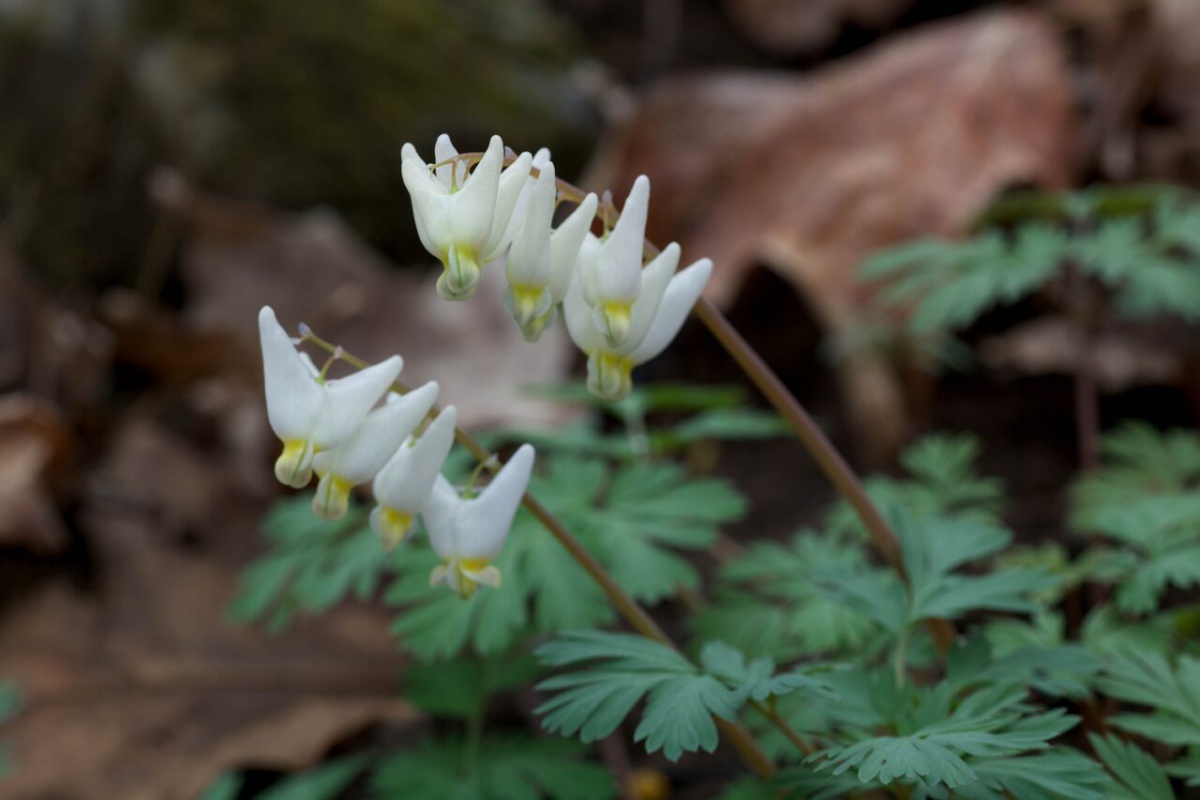
Do you love learning about stuff like this?
SUBSCRIBE TO GRANITE STATE GARDENING
A monthly newsletter for New Hampshire gardeners, homesteaders and plant-lovers of all kinds, that includes seasonal suggested gardening tips, upcoming events and articles with proven solutions for your garden and landscape.
Got questions? The Ask UNH Extension Infoline offers practical help finding answers for your home, yard, and garden questions. Call toll free at 1-877-398-4769, Monday to Friday, 9 a.m. to 2 p.m., or e-mail us at answers@unh.edu.
